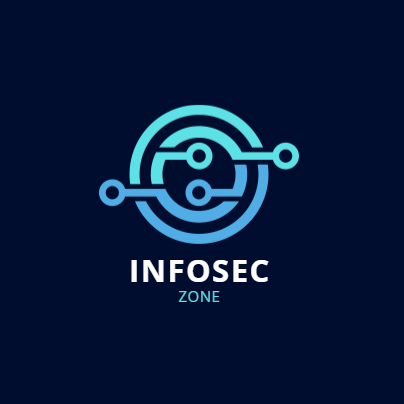Navigating Governance, Risk Management, and Compliance with GRC
Governance, risk management, and compliance (GRC) are three critical areas that organizations must address in order to operate effectively and efficiently. GRC deals with the management of an organization’s overall governance, as well as its specific compliance and risk management needs. In this blog post, we will explore the importance of GRC, and how organizations can navigate the complex landscape of governance, risk management, and compliance.
Governance refers to the overall management and direction of an organization. It includes the processes and systems that an organization uses to make decisions, establish policies, and ensure that those policies are being followed. Governance also includes the oversight of an organization’s operations and the accountability of its leaders. Effective governance is essential for organizations to achieve their goals and objectives, and to build trust with stakeholders.
Risk management is the process of identifying, assessing, and prioritizing risks to an organization, and then taking steps to mitigate or manage those risks. Risks can come in many forms, including financial risks, operational risks, and regulatory risks. Effective risk management is essential for organizations to protect their assets, and to ensure that they can continue to operate in the face of adversity.
Compliance refers to the adherence to laws, regulations, standards, and policies. Organizations must comply with a wide range of laws and regulations, such as those related to data privacy, financial reporting, and occupational health and safety. Compliance also includes adhering to industry standards and best practices. Compliance is critical for organizations to avoid penalties, fines, and reputational damage.
GRC is an approach to managing these three areas together in an integrated manner. By managing governance, risk management, and compliance together, organizations can gain a more complete understanding of the risks and compliance requirements that they face, and can make better-informed decisions. GRC also helps organizations to avoid siloed approaches to these three areas, which can lead to inefficiencies and inconsistencies.

One of the key benefits of GRC is the ability to identify and manage risks proactively. By taking a holistic approach to risk management, organizations can identify and prioritize risks that may not be immediately obvious when looking at individual risks in isolation. This allows organizations to take steps to mitigate or manage those risks before they become significant problems.
GRC also helps organizations to ensure compliance with laws and regulations. By managing compliance in an integrated manner, organizations can avoid missing critical compliance requirements, and can ensure that they are taking the necessary steps to comply with all relevant laws and regulations.
Implementing GRC can be a complex task, but there are several steps that organizations can take to navigate the landscape of governance, risk management, and compliance.
- Develop a clear understanding of the laws, regulations, standards, and policies that apply to your organization. This will help you to identify the specific compliance requirements that you need to meet.
- Establish a governance structure that clearly defines roles and responsibilities, and that provides appropriate oversight and accountability. This will help to ensure that your organization is making decisions in the best interest of stakeholders.
- Develop a risk management plan that identifies and assesses the risks that your organization faces, and that outlines steps to mitigate or manage those risks.
- Establish a compliance program that includes policies, procedures, and controls to help your organization meet its compliance obligations.
- Regularly review and update your GRC program to ensure that it remains relevant and effective.
In conclusion, GRC is a critical approach to managing governance, risk management, and compliance in an integrated manner. By taking a holistic approach to these three areas, organizations can gain a more complete understanding of the risks and compliance requirements that they face and can make better-informed decisions that protect their assets and ensure compliance. With the right GRC strategy in place, organizations can operate effectively and efficiently, while building trust with stakeholders. Implementing GRC may seem challenging, but by following the steps outlined in this blog, organizations can navigate the landscape of governance, risk management, and compliance with confidence. Remember, regular reviews and updates are necessary to keep the program relevant and effective. GRC is not a one-time process but a continuous journey to ensure the organization stays compliant and secure.




